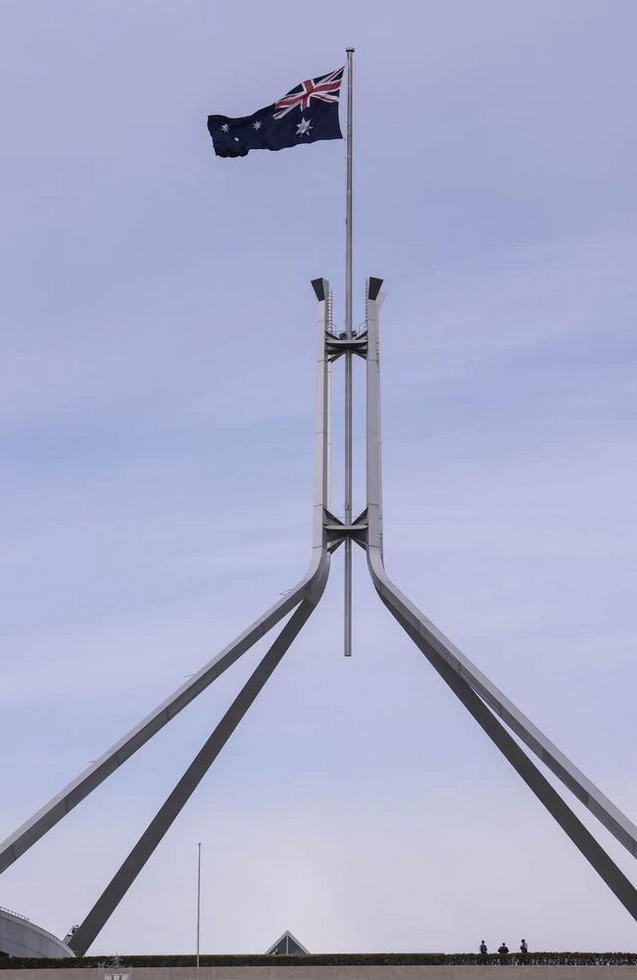Scientists say temperatures globally at highest level since start of human civilisation

|
|
The world’s continuously warming climate is revealed also in
contemporary ice melt at glaciers, such as with this one in
the Kenai mountains, Alaska (seen September 2019).
Photograph: Joe Raedle/Getty Images
|
The planet is hotter now than it has been for at least 12,000 years, a period spanning the entire development of human civilisation, according to research.
Analysis of ocean surface temperatures shows human-driven climate change has put the world in “uncharted territory”, the scientists say. The planet may even be at its warmest for 125,000 years, although data on that far back is less certain.
The research, published in the journal Nature, reached these conclusions by solving a longstanding puzzle known as the “Holocene temperature conundrum”. Climate models have indicated continuous warming since the last ice age ended 12,000 years ago and the Holocene period began.
But temperature estimates derived from fossil shells showed a peak of warming 6,000 years ago and then a cooling, until the industrial revolution sent carbon emissions soaring.
This conflict undermined confidence in the climate models and the shell data. But it was found that the shell data reflected only hotter summers and missed colder winters, and so was giving misleadingly high annual temperatures.
“We demonstrate that global average annual temperature has been rising over the last 12,000 years, contrary to previous results,” said Samantha Bova, at Rutgers University–New Brunswick in the US, who led the research.
“This means that the modern, human-caused global warming period is accelerating a long-term increase in global temperatures, making today completely uncharted territory. It changes the baseline and emphasises just how critical it is to take our situation seriously.”
The world may be hotter now than any time since about 125,000 years ago, which was the last warm period between ice ages. However, scientists cannot be certain as there is less data relating to that time.
One study, published in 2017, suggested that global temperatures were last as high as today 115,000 years ago, but that was based on less data.
The new research examined temperature measurements derived from the chemistry of tiny shells and algal compounds found in cores of ocean sediments, and solved the conundrum by taking account of two factors.
First, the shells and organic materials had been assumed to represent the entire year but in fact were most likely to have formed during summer when the organisms bloomed. Second, there are well-known predictable natural cycles in the heating of the Earth caused by eccentricities in the orbit of the planet.
Changes in these cycles can lead to summers becoming hotter and winters colder while average annual temperatures change only a little.
Combining these insights showed that the apparent cooling after the warm peak 6,000 years ago, revealed by shell data, was misleading. The shells were in fact only recording a decline in summer temperatures, but the average annual temperatures were still rising slowly, as indicated by the models.
“Now they actually match incredibly well and it gives us a lot of confidence that our climate models are doing a really good job,” said Bova.
1.0C Difference in temperature compared with the last 1,000 years 
|
|
Guardian graphic. Source: Bova et al, Nature, 2021
|
She led a research voyage off the coast of Chile in 2020 to take more ocean sediment cores and add to the available data.
Jennifer Hertzberg, of Texas A&M University in the US, said: “By solving a conundrum that has puzzled climate scientists for years, Bova and colleagues’ study is a major step forward. Understanding past climate change is crucial for putting modern global warming in context.”
Lijing Cheng, at the International Centre for Climate and Environment Sciences in Beijing, China, recently led a study that showed that in 2020 the world’s oceans reached their hottest level yet in instrumental records dating back to the 1940s. More than 90% of global heating is taken up by the seas.
Cheng said the new research was useful and intriguing. It provided a method to correct temperature data from shells and could also enable scientists to work out how much heat the ocean absorbed before the industrial revolution, a factor little understood.
The level of carbon dioxide today is at its highest for about 4m years and is rising at the fastest rate for 66m years. Further rises in temperature and sea level are inevitable until greenhouse gas emissions are cut to net zero.
Links
- Nature: Seasonal origin of the thermal maxima at the Holocene and the last interglacial
- Climate crisis: record ocean heat in 2020 supercharged extreme weather
- Climate crisis making autumn leaves fall earlier, study finds
- World's beaches disappearing due to climate crisis – study
- Climate emergency: 2019 was second hottest year on record
- Tackling degraded oceans could mitigate climate crisis - report
- Climate change made European heatwave at least five times likelier
- Warming oceans likely to raise sea levels 30cm by end of century – study
- Past four years hottest on record, data shows





